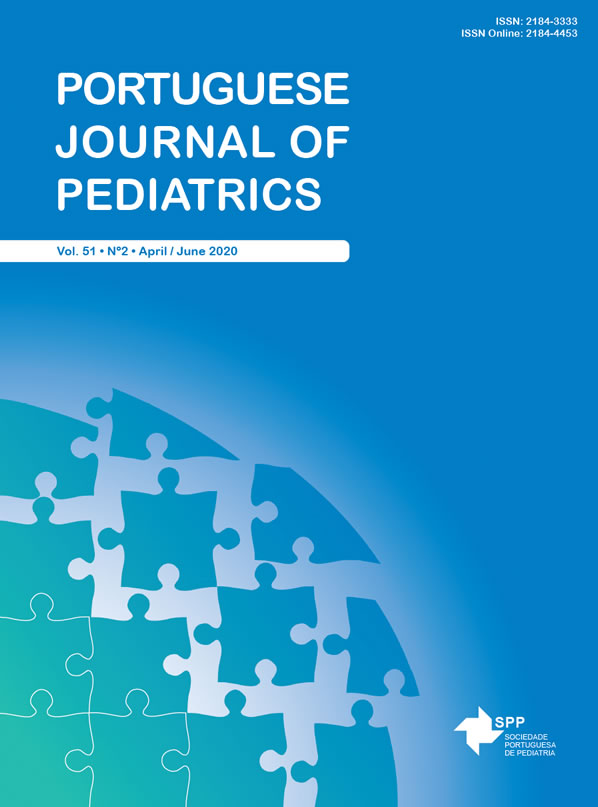Cerebrospinal Fluid Glucose in Bacterial Meningitis
Date of submission: 21-09-2019 | Date of acceptance: 19-02-2020 | Published: 02-04-2020
DOI:
https://doi.org/10.25754/pjp.2020.18463Abstract
Introduction and Objectives
To compare cerebrospinal fluid/blood glucose ratio to absolute cerebrospinal fluid glucose as tools for diagnosing bacterial meningitis. Normal cerebrospinal glucose (>50 mg/dL) is about 70-75% of blood glucose but it can be severely decreased due to bacterial consumption in meningitis. Although it is commonly compared to blood glucose, absolute cerebrospinal fluid glucose may accurately reflect intrinsic changes in cerebrospinal fluid.
Methods
We retrospectively analyzed all lumbar punctures performed in the Department of Pediatrics of a university-affiliated hospital from 1st January 2010 to 31st December 2015. Data included cerebrospinal fluid cytochemical parameters, macroscopic examination, microbial culture, blood glucose and blood C-reactive protein. Absolute glycorrhachia and cerebrospinal fluid/blood glucose ratio were tested as diagnostic tools.
Results and Discussion
A total of 777 lumbar punctures were performed, 239 met all criteria. There were 31 cases of bacterial meningitis. Among children with bacterial meningitis, 19% had normal CSF/blood glucose ratio (<0.5) and 29% had low CSF glucose level (<36 mg/dL); on the other hand, 94% of children with low glycorrhachia had indeed bacterial meningitis, as did 82% of children with low cerebrospinal fluid/blood glucose ratio.
Decreased absolute glycorrhachia virtually diagnosis bacterial meningitis but low cerebrospinal fluid/blood glucose ratio can be a clue when the former is normal.
Keywords
Bacterial meningitis, CSF glucose, Infectious Diseases
Downloads
Downloads
Published
Issue
Section
License

This work is licensed under a Creative Commons Attribution-NonCommercial-NoDerivatives 4.0 International License.









